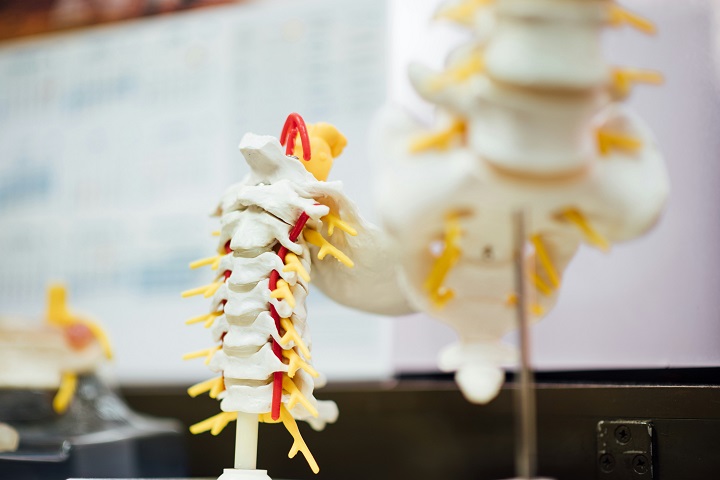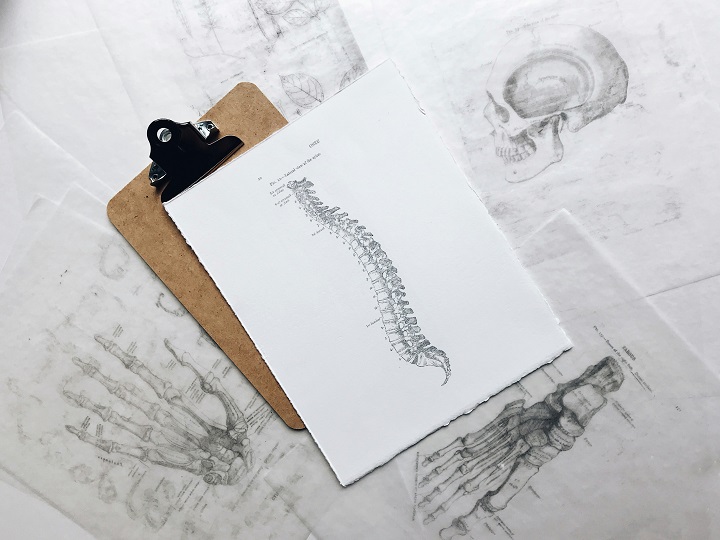Spinal cord injuries have significant and enduring implications for an individual’s well-being and lifestyle. Acquiring comprehensive knowledge about the causes, symptoms, and available treatment options is paramount for patients and healthcare providers alike.
Table of Contents
1. Causes of Spinal Cord Injury
Spinal cord injuries can stem from a multitude of causes, ranging from traumatic incidents like motor vehicle accidents, falls, and sports-related injuries to non-traumatic factors such as tumors, infections, and degenerative conditions like spinal stenosis and multiple sclerosis. These events can lead to varying degrees of damage or compression of the spinal cord, disrupting the communication of nerve signals between the brain and the body.
2. Symptoms of Spinal Cord Injury
Symptoms of spinal cord injury can vary based on the injury’s location and severity. Typical symptoms include reduced sensation, muscle weakness or paralysis, impaired motor function, and bowel or bladder control loss. In severe cases, spinal injuries can cause complete paralysis below the injury site, resulting in substantial disability and reduced independence.
3. Diagnosis and Assessment
The diagnosis of spinal cord injury usually entails a thorough assessment by a healthcare provider, encompassing a physical examination, imaging studies like X-rays, CT scans, and MRI scans, as well as neurological evaluations to gauge nerve damage and functional deficits. Evaluating the injury’s level and severity is critical for devising an effective treatment strategy and forecasting the patient’s long-term outlook.
4. Treatment Options
Treatment for spinal cord injury aims to stabilize the spine, minimize further damage, and maximize recovery and functional outcomes. Treatment options may include:

- Emergency Care: In cases of acute trauma, immediate medical intervention is critical to prevent further damage to the spinal cord and surrounding tissues. This may involve immobilization of the spine, administration of steroids to reduce inflammation, and surgical intervention to decompress the spinal cord or stabilize fractured vertebrae.
- Rehabilitation Therapy: Rehabilitation is pivotal in the recuperation journey of those with spinal cord injuries. Through physical therapy, occupational therapy, and various rehabilitation modalities, individuals can regain strength, mobility, and independence, while acquiring adaptive strategies to navigate daily tasks.
- Surgical Interventions: In some cases, surgery may be necessary to repair damaged spinal structures, decompress the spinal cord, or stabilize the spine. Surgical procedures such as spinal fusion, laminectomy, and disc replacement may be performed to alleviate symptoms and prevent further complications.
- Experimental Therapies: Emerging therapies such as stem cell transplantation at clinics like bioxcellerator.com, nerve regeneration techniques, and electrical stimulation are being investigated as potential treatments for spinal cord injury.
- Medications: Medications can be prescribed to manage pain, muscle spasms, and other symptoms associated with spinal cord injury. Nonsteroidal anti-inflammatory drugs (NSAIDs), muscle relaxants, and neuropathic pain medications are commonly used to alleviate symptoms and improve quality of life.
- Assistive Devices: Assistive devices can help individuals with spinal cord injuries maintain mobility and independence and perform daily activities more easily. These devices are customized to meet each patient’s specific needs and functional abilities.
Conclusion
Spinal cord injury presents a multifaceted challenge demanding a multidisciplinary approach to treatment and care. With a thorough comprehension of the causes, symptoms, and treatment avenues for SCI, healthcare practitioners can deliver holistic support and treatment, aiding affected individuals in attaining optimal outcomes and enhancing their quality of life.Top of Form

